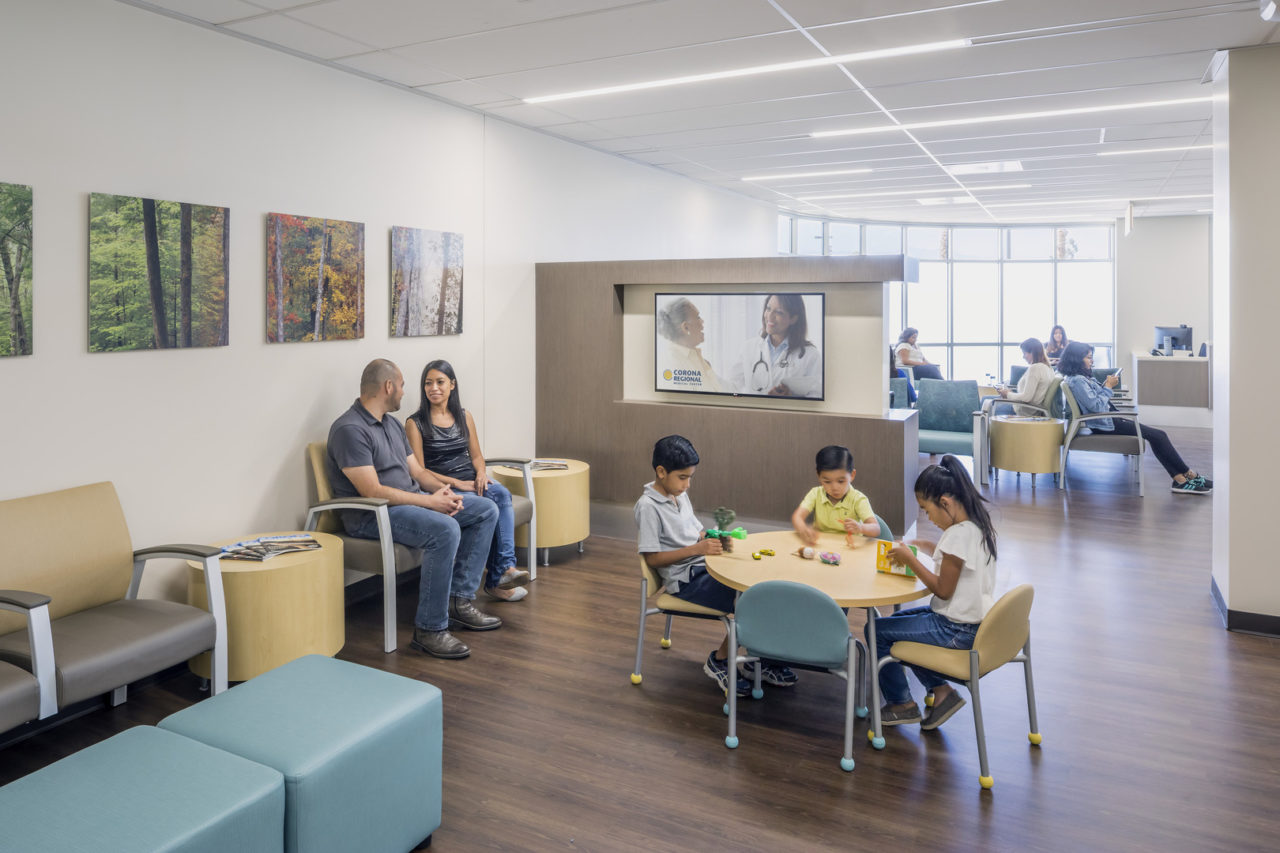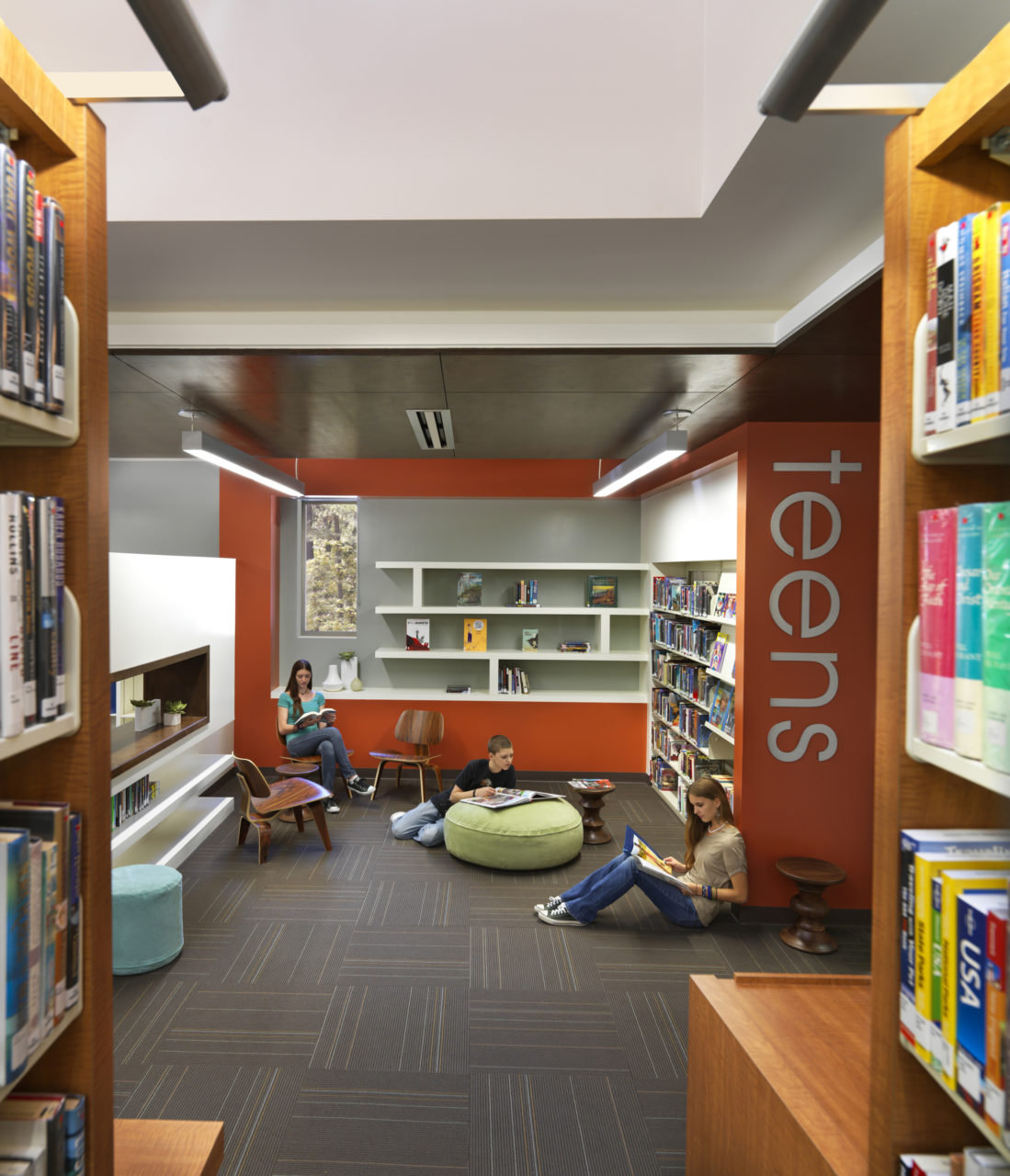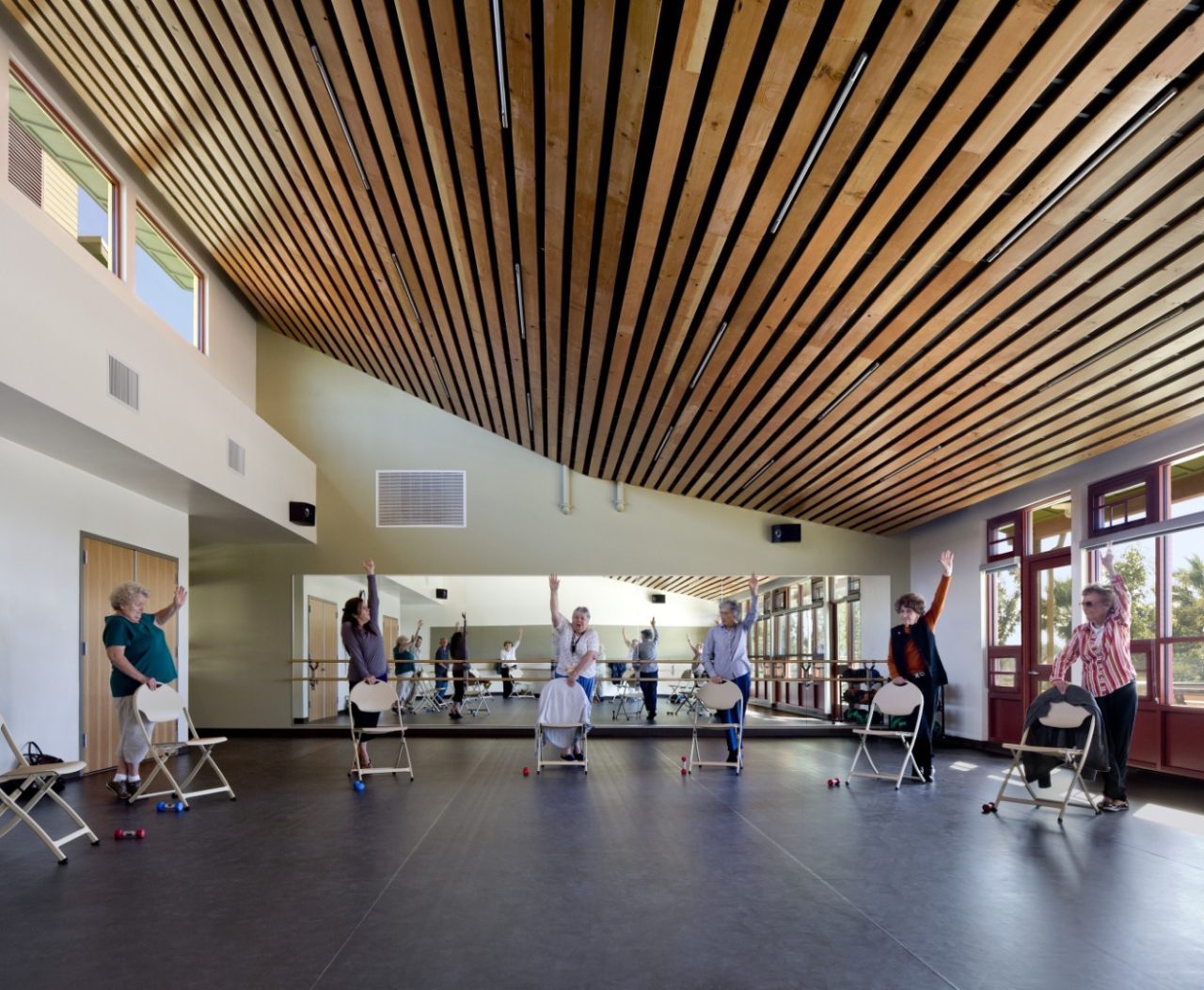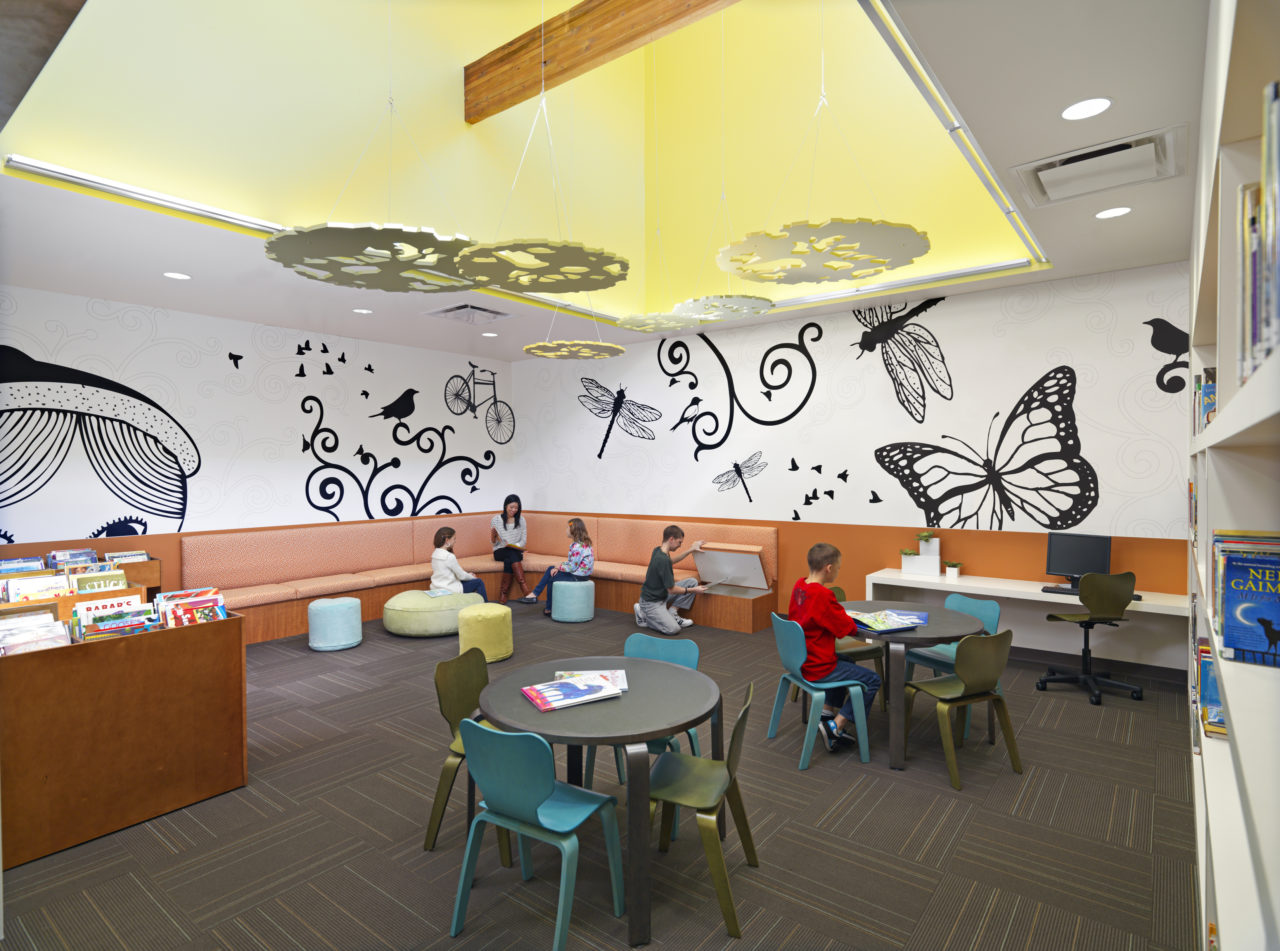A University of California San Francisco study reports that 43 percent of older adults feel lonely. As people age, they often lose important social connections and this can have a negative impact on both their mental well-being and their overall health.
Socially inclusive architecture could help solve this social crisis. By creating more age-inclusive spaces in civic buildings, architects encourage people from all generations to spend more time together as a community. Making spaces that are designed for all ages, from children to older adults, fosters stronger social bonds and helps everyone feel more welcome.
Why Socially Inclusive Architecture Is Crucial
Socially inclusive architecture that supports all age groups is important in every design, but especially in civic buildings. Community centers, libraries, courthouses, and other civic spaces serve all members of society, no matter their age or background. Everyone must have equal access to the vital services these buildings provide.
However, some civic building designs unintentionally alienate people from certain age groups, particularly elderly people and children.
For example, aging populations may have physical limitations or psychological challenges that civic building designers should account for, including:
- Decreased mobility
- Higher risk of slipping or falling
- Incontinence
- Memory, hearing, or vision loss
- Feelings of loneliness or isolation
These issues must be addressed at the design level, and go beyond the guidelines established by the Americans with Disabilities Act (ADA). While all civic spaces must be ADA compliant, socially inclusive architecture takes this a step further and ensures that elderly visitors feel as comfortable as possible in these community spaces.
Likewise, some civic buildings fail to consider childrens’ unique needs. Young visitors may feel uncomfortable in a civic building if:
- The furniture is too large
- The rooms look dark or intimidating
- There are no child-friendly activities available
By designing a civic building that addresses these age-specific challenges, you’ll ensure that every member of the community feels like they belong.
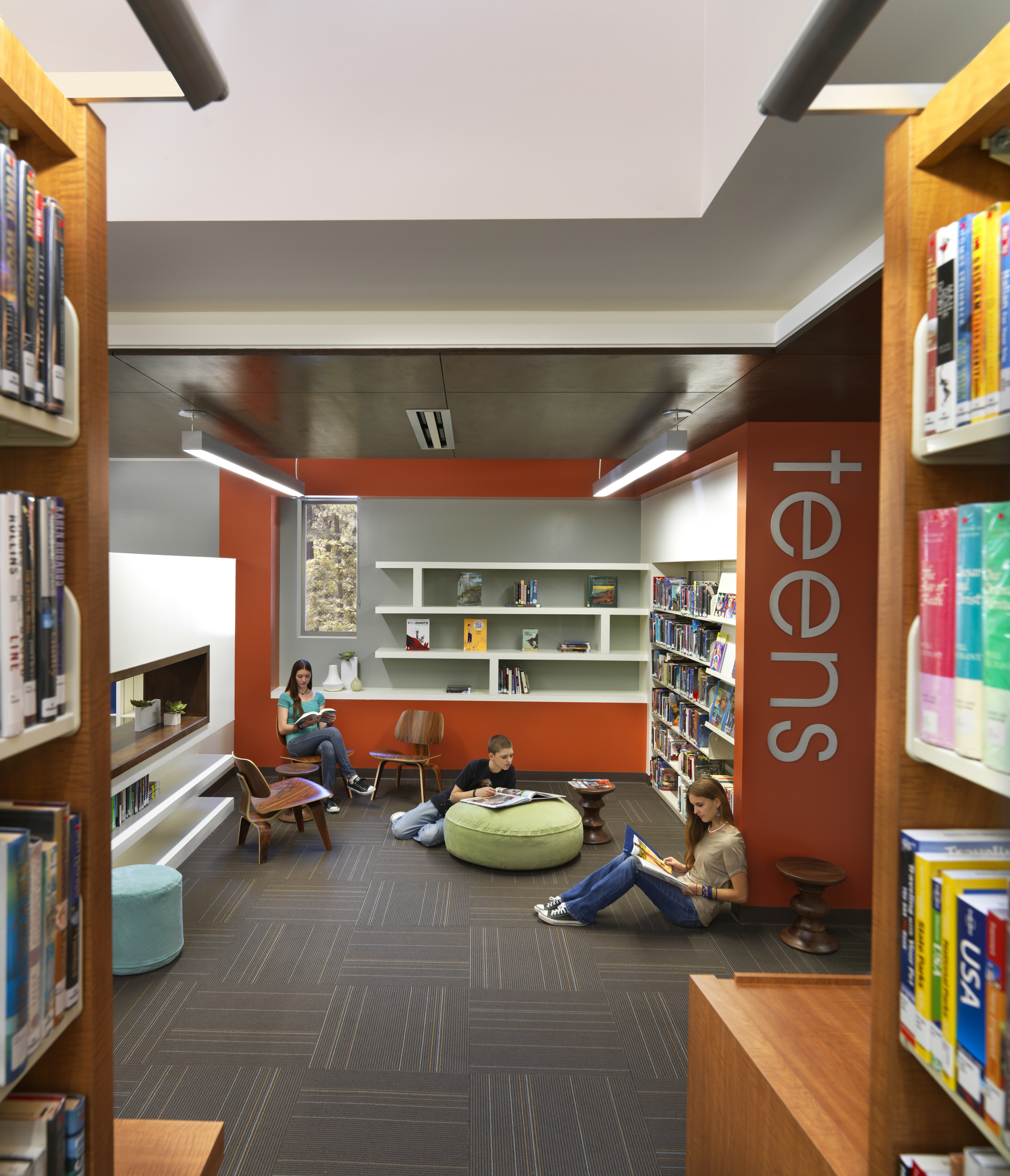 Socially Inclusive Architecture That Supports Aging Populations
Socially Inclusive Architecture That Supports Aging Populations
Many elderly people find traditional civic buildings difficult to navigate and uncomfortable to visit. Even buildings that are ADA compliant may lack certain design details that make a space more comfortable for aging populations.
If you want to support elderly members of your community, you should consider the following socially inclusive architecture design principles.
- Create clear, unobstructed paths. To prevent falls, keep the main walkways clear of all obstacles. Large open hallways and entrances are easier for everyone to move through.
- Use solid floor colors. High-contrast floor colors and busy patterns can trick the eye into perceiving obstacles that don’t exist. If elderly visitors think they see a step or a hole in the floor, they may trip or fall. Patternless light-colored floors are easier to see clearly.
- Improve the lighting in every room. Elderly visitors may have visual impairments that make it hard to see in dim light. Having a combination of natural light and soft artificial lighting in the space solves this problem.
- Test the acoustics. Some elderly people use hearing aids. While many modern aids effectively filter out background noise, some don’t. Architects can make civic buildings more welcoming to those who use hearing aids by dampening excessive noise. Soft furnishings and textured walls prevent rooms from getting too loud.
- Make bathrooms more accessible. A Centers for Disease Control and Prevention study found that more than 50 percent of the aging population experience some urinary incontinence. By increasing the number of bathrooms on every floor, you can support this population.
- Have at least one single-occupancy bathroom per floor. Private bathrooms are more comfortable for people who have incontinence because they can change sanitary pads or their clothes in privacy. These bathrooms are also larger, making it easier for caregivers to help their clients use the toilet or change.
- Offer discrete disposal areas for medical waste. Medical conditions should never be a source of embarrassment. Having a place where people can dispose of sanitary pads, diabetic test strips, or other medical waste in privacy is very important. You can install waste bins inside of each bathroom stall or place a discrete bin just outside of the bathroom.
- Use durable seating materials. Some elderly people who have incontinence are afraid to leave their homes in case they have an accident in public. A common worry is that they will stain or damage seats. Dark-colored seats made from a spill and stain-resistant material puts visitors at ease.
- Make seats more comfortable. Varying seat heights, sturdy chair arms, and ergonomic support make everyone feel more comfortable, especially aging populations. They can more easily get in and out of their seats, even if they have limited mobility.
Everyone wants to live in dignity, and this is especially true as we age. Socially inclusive architecture helps us achieve this goal by removing the barriers that separate the young and old. With thoughtful design, elderly visitors can spend more time in civic spaces without feeling embarrassed or isolated.
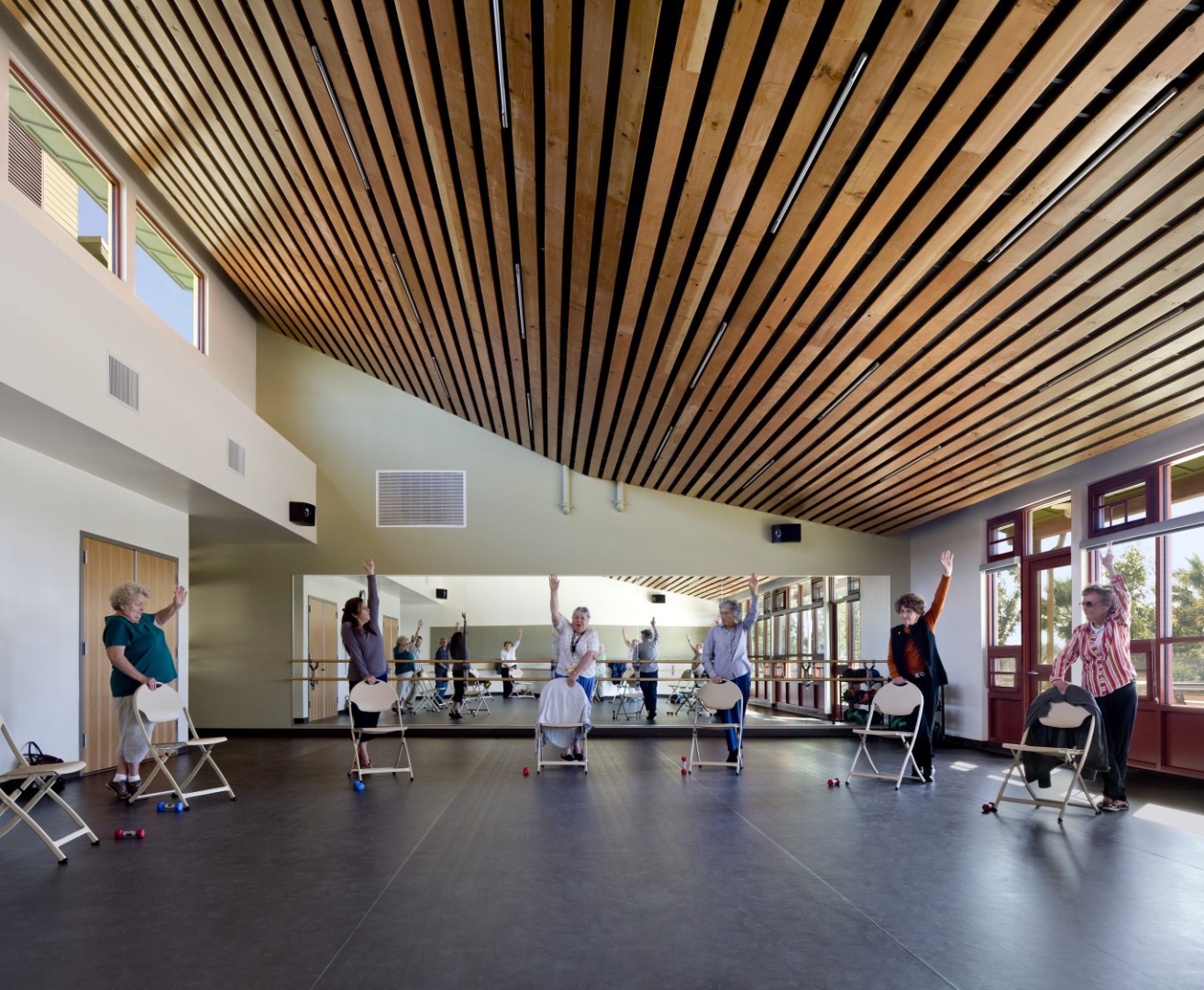 Making Children Feel Welcome in Civic Spaces
Making Children Feel Welcome in Civic Spaces
Although children usually don’t have as many physical limitations as elderly visitors, young visitors still have particular needs that civic architects should address. Most civic spaces are designed with adults in mind. The furniture is large and the counters are tall, and this makes the building intimidating to a small child.
To solve these challenges, designers use the following socially inclusive architecture ideas.
- Use child-sized furniture. Small chairs and tables show children that you made a space specifically for them. Short, modular ottomans are another great option. Children can sit on them or move them around the room to get more comfortable. When they’re not in use, adults can rest their feet on them.
- Include bright colors and child-friendly imagery. If the space is meant for children, make this clear by painting the walls cheery colors (like yellow or green). Fun motifs and wall murals also make a room look more whimsical and inviting to a small child. We used this technique when we designed a room for young readers at the Idyllwild Library in California.
- Use stain-resistant materials. Durable chairs and tables allow children to play without limitations. If they spill juice or get marker ink on the furniture, it can be wiped away easily.
- Give children something to do. In areas where children might gather, like lobbies, waiting rooms, or community activity centers, include a few child-friendly activities or play areas. This could be a mini library shelf filled with books, a few toys, or a tablet where kids can play games.
Whether children are waiting for their guardians to take care of important business or they’re spending time at a local community center after school, making space for them in civic buildings is crucial. A well-designed civic building will foster a sense of connection with the community early in life.
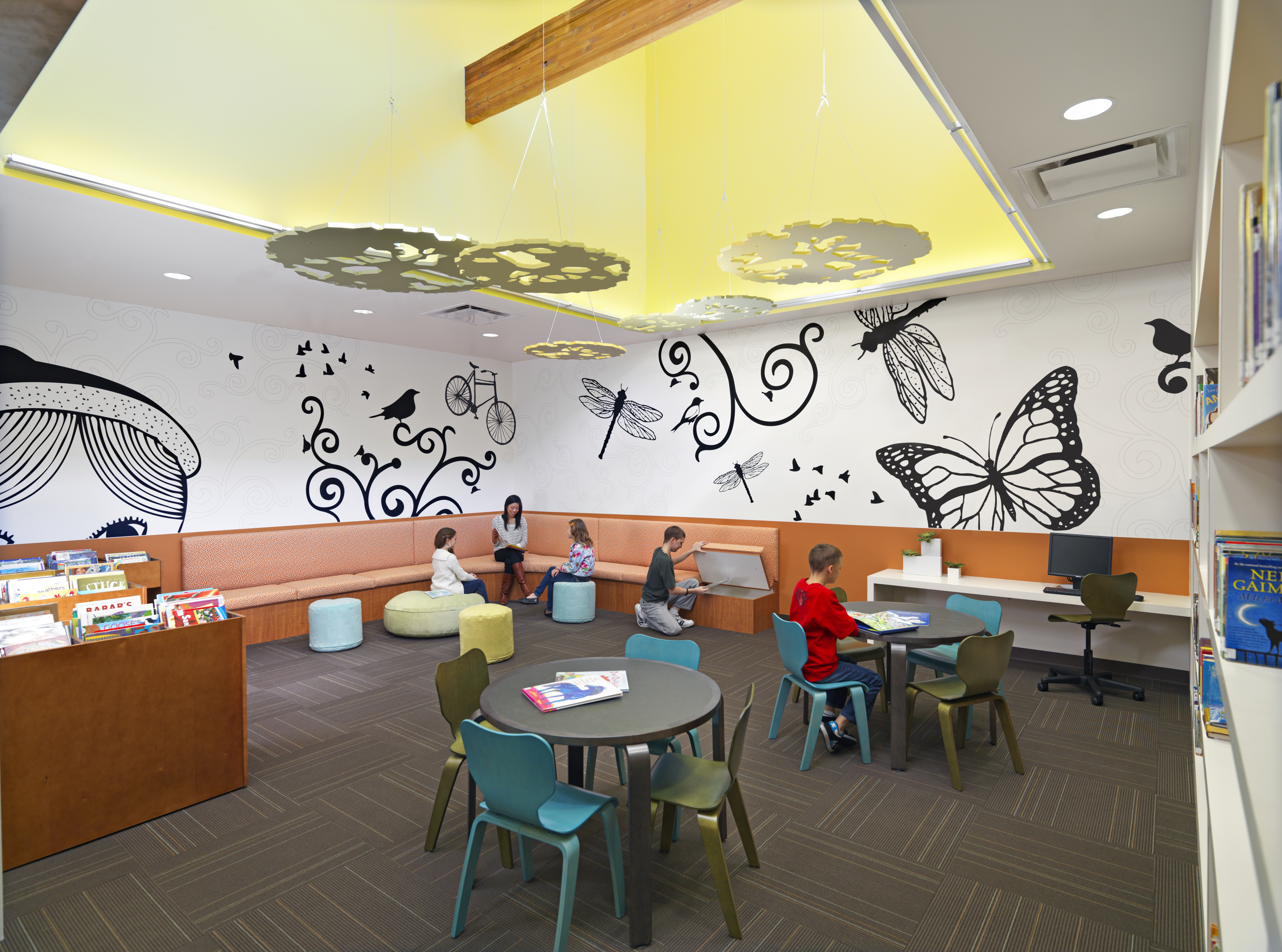 How to Incorporate Socially Inclusive Architecture in Your Design
How to Incorporate Socially Inclusive Architecture in Your Design
There are five steps to incorporating age-conscious socially inclusive architecture in civic buildings.
- Appraise the design team’s expertise on age-related issues. Does the team understand what challenges each age group faces and how to solve them?
- Consult with end users who are impacted by age-related challenges. Incorporate their ideas and needs into the design. You can also use virtual reality technology to assess whether the design is effective before construction begins.
- Meet regulatory minimums on inclusivity and diversity of use. Whenever possible, exceed these guidelines.
- Use lighting and furnishings to make the design look and feel more comfortable.
- After the design is complete, gather post-occupancy data and make adjustments as needed.
The best way to accomplish this is by hiring an architecture firm that has experience designing spaces for multiple age groups. HMC Architects has created many community-centered civic buildings that cater to all ages, including the Quail Hill Community Center and the Liberty Community Plaza. During the design process, we worked closely with the community and local government to ensure that every detail exceeded visitors’ expectations. We believe that great architecture has the power to bring many generations together under one roof for a common cause.
To bring your community together, contact HMC Architects today. We’ll help you design a socially inclusive civic building that’s appropriate for all ages. Our firm has years of experience designing civic buildings for many different communities. We strive to understand every community’s unique needs and come up with tailor-made solutions that we incorporate seamlessly into the design. Or, if you have more questions about how to make your civic building more age-inclusive, you can also email Senior Project Designer Jon Richardson directly.
